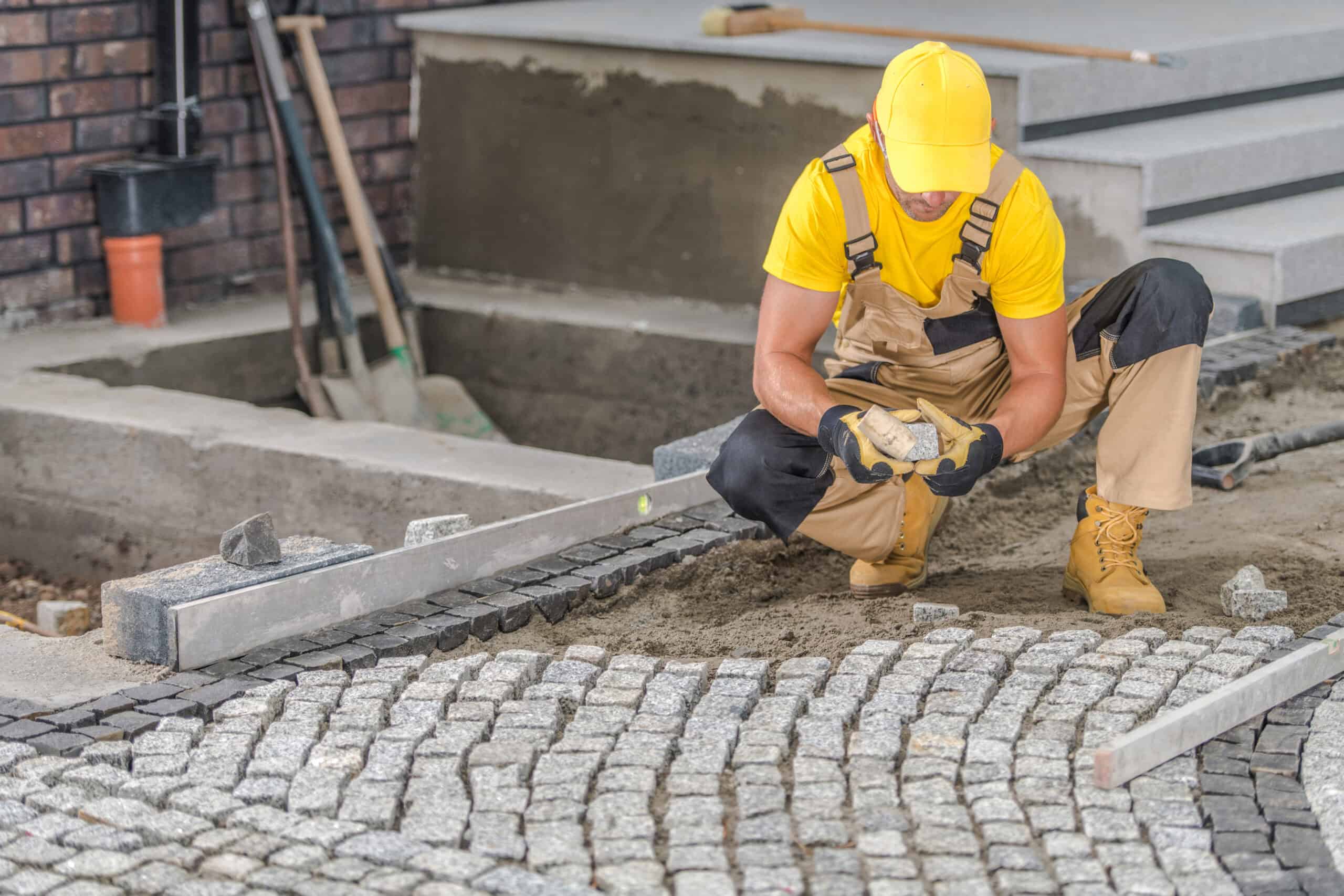I've got some great news for all you WordPress site owners out there! In just a few simple steps, you can customize your site to be mobile-friendly.
No need to stress about how your site looks on different screen sizes anymore. I'll show you how to choose the perfect theme, optimize loading speed, and make your navigation menu super user-friendly for mobile users.
Plus, I'll even teach you how to optimize images and media for seamless mobile viewing.
Let's get started!
Key Takeaways
- Look for a mobile-friendly WordPress theme compatible with smartphones and tablets
- Optimize the site's loading speed by reducing unnecessary elements and optimizing code
- Implement responsive design using CSS media queries and a mobile-first approach
- Customize the navigation menu for mobile users by simplifying menu structure and incorporating visually appealing icons
Choose a Mobile-Friendly WordPress Theme
I'll choose a mobile-friendly WordPress theme by looking for one that's compatible with smartphones and tablets. When selecting a theme, it's crucial to prioritize responsiveness.
A responsive theme adapts to different screen sizes, ensuring an optimal viewing experience for users on mobile devices. To determine if a theme is responsive, I'll visit its demo site and test it on various devices. Additionally, I'll examine the theme's documentation or features list to confirm its compatibility with mobile devices.
It's important to consider the layout and design elements of the theme as well. A clean and intuitive design, with easy navigation and legible text, will enhance the mobile experience for visitors.
Optimize Your Site's Loading Speed
To optimize the loading speed of my WordPress site for mobile, I'll start by focusing on reducing unnecessary elements and optimizing code. This will ensure a faster and smoother user experience, increasing the chances of visitors staying on my site and engaging with its content.
Here are two key steps I'll take to optimize the loading speed:
- Minimize image size: By compressing and optimizing images, I can significantly reduce the file sizes without compromising on quality. This will result in faster loading times and a better overall performance.
- Enable caching: Caching allows the browser to store certain elements of the website locally, reducing the need for repeated requests to the server. This can greatly improve loading speed, especially for returning visitors.
Implement Responsive Design for Different Screen Sizes
To ensure a seamless browsing experience for mobile users, I focus on implementing responsive design for different screen sizes on my WordPress site. Responsive design allows the layout and content of a website to adapt and respond to the screen size of the device being used. This ensures that the site looks and functions properly on various devices, such as smartphones, tablets, and laptops.
To achieve this, I use CSS media queries to set specific styles and layout rules for different screen sizes. By using a mobile-first approach, I prioritize the design and functionality for smaller screens, and then progressively enhance the layout for larger screens.
This approach ensures that my WordPress site is accessible and user-friendly across all devices.
Customize Your Navigation Menu for Mobile Users
Moving forward from implementing responsive design, I now focus on customizing the navigation menu for mobile users on my WordPress site. As a technical expert, I understand the importance of providing a seamless user experience on mobile devices.
To evoke an emotional response from my audience, I've implemented the following techniques:
- Simplify the menu structure: By removing unnecessary links and condensing the menu options, I ensure that mobile users can quickly navigate through the site without feeling overwhelmed.
- Use icons: Incorporating visually appealing icons next to menu items enhances the user experience by making it easier for mobile users to understand the purpose of each menu option.
Optimize Images and Media for Mobile Viewing
After customizing the navigation menu for mobile users, I now turn my attention to optimizing images and media for mobile viewing on my WordPress site. Mobile users have different needs and limitations when it comes to viewing images and media on their devices. To ensure a smooth and enjoyable user experience, it's crucial to optimize images and media for mobile devices.
Firstly, I'll compress and resize images to reduce their file size without compromising quality. This will help improve loading times and prevent users from experiencing slow page speeds. Additionally, I'll use responsive design techniques to ensure that images and media adapt to different screen sizes and resolutions.
Furthermore, I'll consider using lazy loading techniques, which allow images and media to load only when they're needed, minimizing the impact on page loading times.
Frequently Asked Questions
How Can I Customize the Font Size and Colors of My WordPress Site for Mobile Users?
I can customize the font size and colors of your WordPress site for mobile users. It's a simple process that involves accessing the theme customizer and adjusting the settings specifically for mobile devices.
Is It Possible to Add a Mobile-Specific Logo or Header Image to My WordPress Site?
Yes, you can add a mobile-specific logo or header image to your WordPress site. It's a simple process that involves uploading the image and using a plugin or theme customization options to display it on mobile devices.
Can I Disable Certain Features or Sections of My Website on Mobile Devices to Improve Loading Speed?
Yes, you can disable certain features or sections of your website on mobile devices to improve loading speed. By optimizing your site for mobile, you can enhance user experience and reduce load times.
Are There Any Plugins or Tools Available to Help With Optimizing WordPress Sites for Mobile Viewing?
Yes, there are plugins and tools available to optimize WordPress sites for mobile viewing. They can help with responsive design, mobile-friendly themes, and performance optimization, ensuring a smooth and user-friendly experience on mobile devices.
How Can I Test and Preview the Mobile Version of My WordPress Site Before Making It Live?
I can test and preview the mobile version of my WordPress site before going live. There are various tools available, such as responsive design testing tools and mobile emulators, that help with this process.



